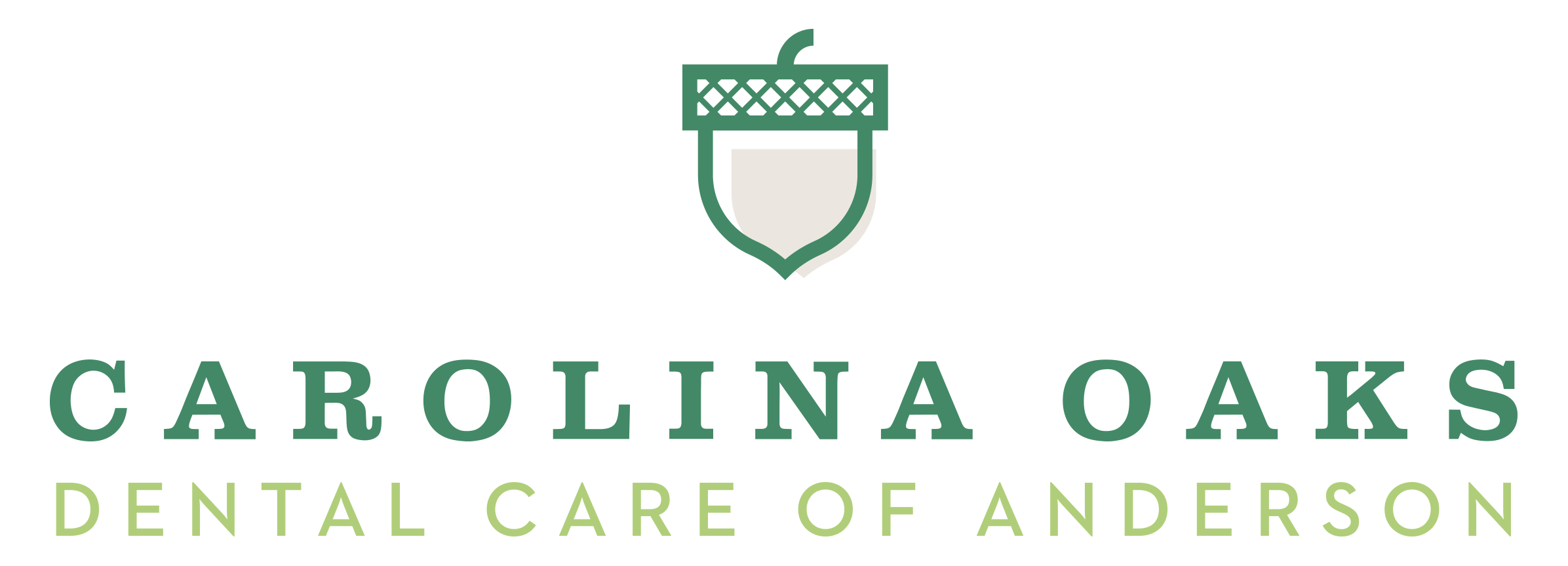A dental bridge can be an excellent way to restore your smile and make everyday activities, such as talking and eating, easier. Read below or schedule a visit to find out if a dental bridge is the right solution for you.

What is a Dental Bridge?
If you are missing one or more teeth, a dental bridge could be an option for improving your smile and restoring your natural bite. Dental bridges are restorations that combine crowns and prosthetic teeth to create the impression of a full, natural arch of teeth. Bridges are permanent oral fixtures and are referred to as “fixed bridges,” because they stay attached after installation. With proper care, your bridge will last for years to come.
What are Dental Bridges Made Of?
A bridge is constructed using several items which work together to form the dental bridge:
The first step is to create two or more crowns, which will be fitted to cover the teeth surrounding each side of the space created by the missing tooth or teeth. These teeth, called “abutment teeth” or “anchoring teeth” act as a foundation for the false teeth which will be installed.
The false teeth, which will be fitted to replace the missing ones, are called “pontics” and are typically made of porcelain. They are installed in your mouth by attaching to the surrounding crowns, which form a “bridge” over the missing tooth area.
When are Bridge Procedures Necessary?
A bridge procedure may be recommended by Dr. Layne to resolve one or more tooth/gum related issues by:
- Maintaining a natural facial shape. Missing teeth can impact the appearance of the jaw and mouth, but can often be remedied by installing a bridge.
- Assisting with chewing and speech. Missing teeth can make it hard for a patient to chew and speak properly.
- Replacing missing teeth. Bridges are most commonly used to replace missing teeth in a patient’s mouth.
- Preventing the remaining teeth from drifting. Teeth may “drift” if not held in place by other teeth, and a bridge can prevent shifting and related issues.
- Restoring a natural-looking smile. Bridge procedures are often beneficial to patients who experience anxiety about the appearance of their smile after losing teeth.
If you think that you may benefit from a dental bridge, make sure to contact our trusted team as soon as possible for an assessment. The gentle and experienced dentists at Carolina Oaks Dental Care will work with you to get your dental issues resolved quickly and painlessly.
Two Kinds of Bridges
There are two commonly used kinds of dental bridges:
- Traditional bridges. This standard method uses crowns to cover the surrounding teeth and to keep the false replacement tooth in place. This style is the most common kind of dental bridge, and the replacement tooth is almost always porcelain.
- Maryland bonded bridges. These are also called resin-bonded bridges, and are usually made of porcelain which is fused to metal or plastic. This style uses a metal framework to keep the bridge in place.

